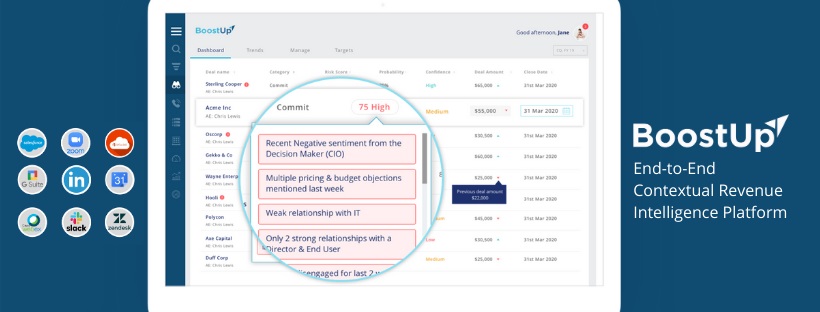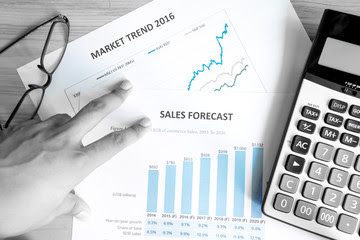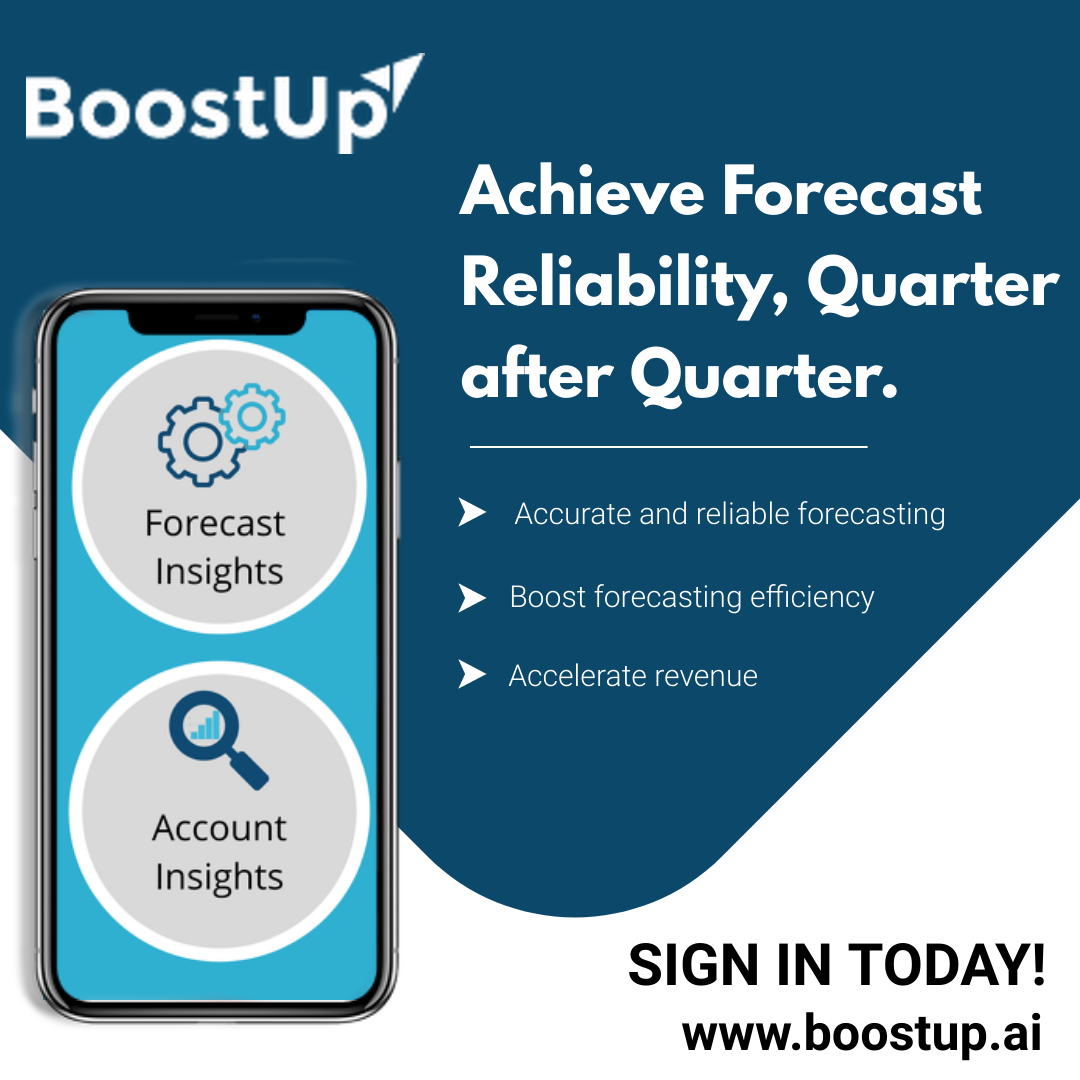What are sales forecasting and its methods?
Sales forecasting is known as the estimation of potential revenue. Each producer makes a prediction of the sales expected to take place shortly. This emphasizes the activities of a business company. A company has to work at random in the absence of a sales forecast. If you have a fair amount of data in your hand, it is easier to develop a sales forecast.
Sales Estimation
Methods:
1. The Executive Opinion Method Jury:
This is a traditional Sales forecasting methods. Sales estimates are made based on
the company's top executives' viewpoints under the Executive Judgment Jury
System.
Until arriving at a decision, the executives would consider the
company's previous success, the current market trends, and the future pattern.
This is a fundamental revenue prediction tool, and the Sales forecasting methods are predominantly
subjective.
2. Form of Salesforce Viewpoint:
In this scenario, the company's sales opportunity management is asked to
estimate sales for their respective sectors. In arriving at an estimation,
their thoughts would be paired with those of the sales managers. In their
respective sales areas, the sales reps have a sound awareness of the trend, and
their opinions are essential in the sales forecast.
3. Expectation Method of Customers:
Under this approach, clients are directly approached, and their
requirements are determined soon. This strategy is especially appropriate for
industrial products, where the number of customers is small and where it is
possible to reach them directly. Only a sampling approach is possible in
consumer goods, as there are many such consumers.
4. Method of Statistics:
A mathematical technique, Pattern Forecasting, allows us to predict
potential revenue based on a company's previous sales statistics.
Features of a
suitable method of forecasting
1. Plausibleness
Sales opportunity management should have a
good knowledge of the preferred technique and have faith in the adopted
technique. Then it can only be correctly translated. So, in this modern era, a
data-driven revenue prediction needs to propel your company effectively.
2. Plainness:
The method selected should be simple or easy for the executives to
understand. If the management does not grasp what the forecaster is doing,
elaborate statistical and econometric methods are less attractive.
3. The Economy:
Cost is a vital factor that should be balanced against the significance
of the predictions' market activity. If the prediction has no meaning in the
business, there is no point in pursuing very high precision standards at
considerable cost.
4. Disposability:
In the forecasting process, immediate data availability is a critical
prerequisite. The system can produce fast and measurable results. The management
decision will be adversely affected by delays in the outcome.
To conclude, the optimal forecasting approach is the one that delivers
reasonable returns and faces new conditions with consistency in terms of
precision.




Comments
Post a Comment